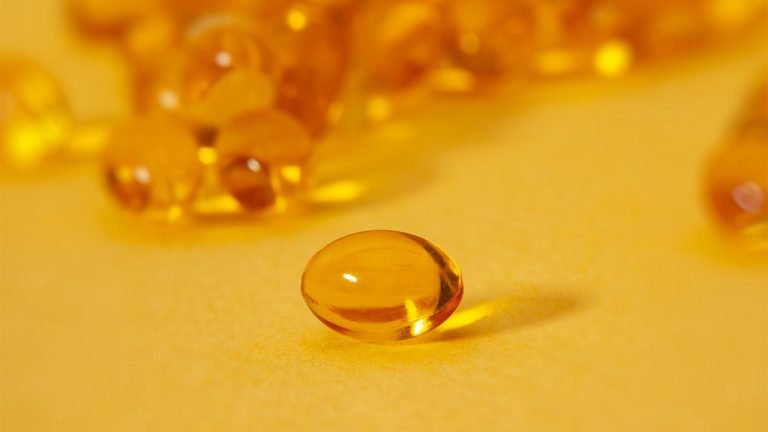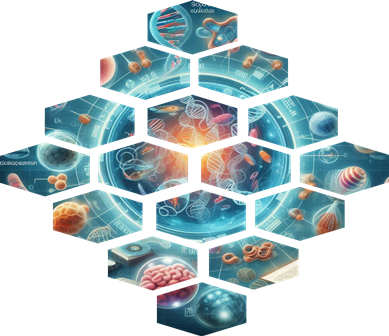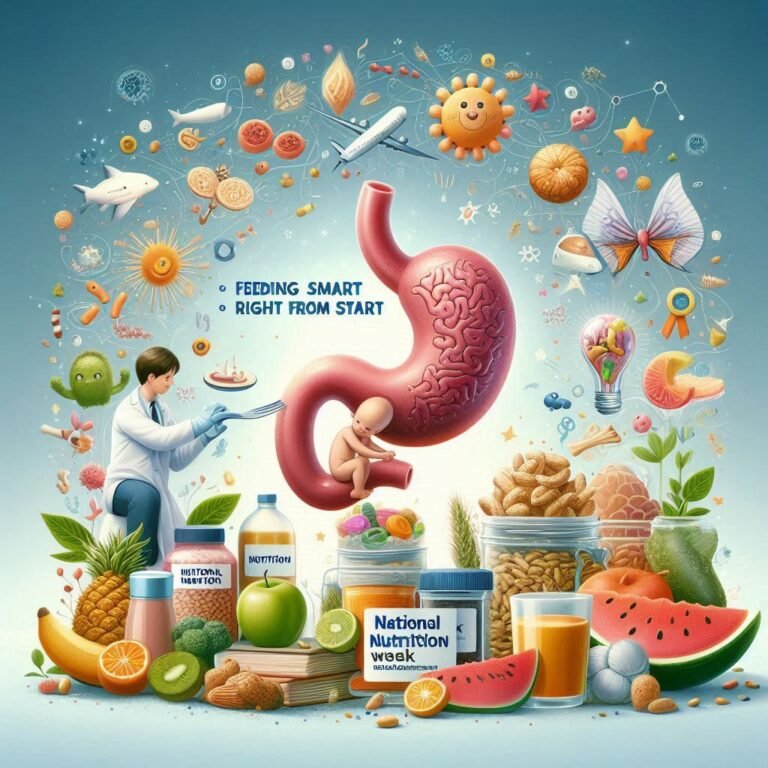Vitamin D is a group of fat soluble vitamin responsible for increasing intestinal absorption of calcium, magnesium and phosphate, and many other biological effects. In humans, the most important compounds in this group are vitamin D3 (also known as cholecalciferol) and vitamin D2 (ergocalciferol).
How to use Vitamin D3
Take Vitamin D by mouth as directed. Vitamin D is best absorbed when taken after a meal but may be taken with or without food. Follow all directions on the product package. If you have any questions, ask your physician.
Source of Vitamin D
The major natural source of the vitamin is synthesis of cholecalciferol in the lower layers of epidermis of the skin through a chemical reaction that is dependent on sun exposure. Cholecalciferol and ergocalciferol can be ingested from diet and supplements. Only a few foods, such as the flesh of fatty fish, Cooked egg yolk, Fish liver oils, such as cod liver oil, Tuna , canned in oil naturally contain significant amounts of vitamin D.
In general, vitamin D3 is found in animal source foods , particularly fish, meat, offal , egg and dairy. Vitamin D2 is found in fungi and is produced by ultraviolet irradiation of ergosterol .
Deficiency of Vitamin D Causes:
Vitamin D deficiency is widespread in the European population. Severe vitamin D deficiency in children causes rickets , a softening and weakening of bones, which is a rare disease in the developed world. Vitamin D deficiency is found worldwide in the elderly and remains common in children and adults. Deficiency results in impaired bone mineralization and bone damage which leads to bone-softening diseases, including rickets in children and osteomalacia in adults. Low blood calcifediol (25-hydroxy-vitamin D) can result from avoiding the sun. Being deficient in vitamin D can cause intestinal absorption of dietary calcium to fall to 15%. When not deficient, an individual usually absorbs between 60 and 80%.






